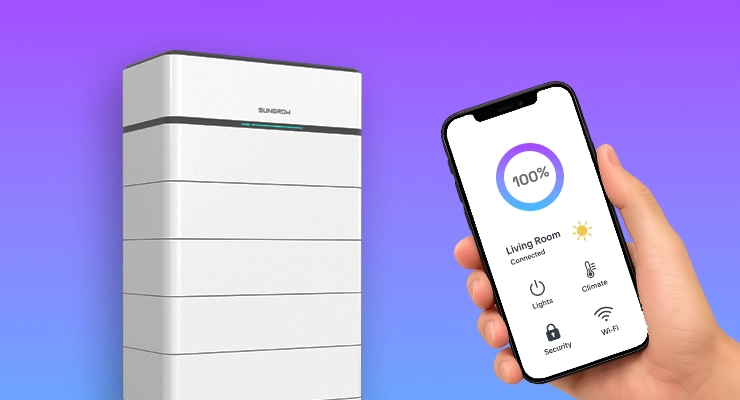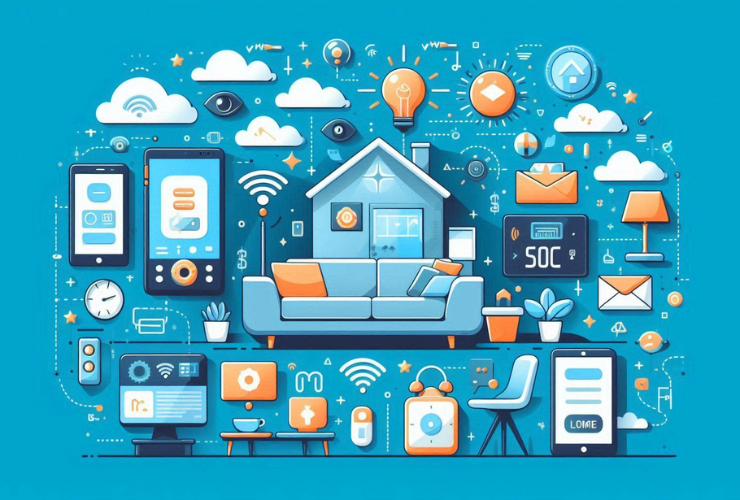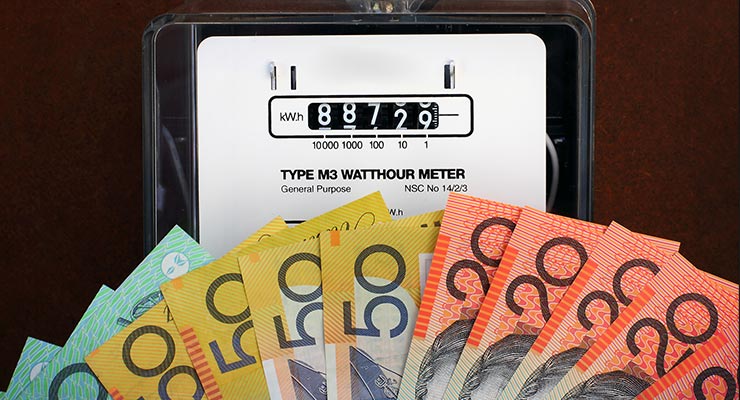Fast read
Yes, absolutely. Integrating a solar battery with a home automation system is one of the most powerful ways to maximise your energy independence and savings. This combination transforms your home into a smart energy ecosystem, where your battery, solar panels, and smart devices work together to intelligently manage power usage based on solar production, electricity rates, and your daily habits. Modern battery systems are increasingly designed with this connectivity in mind, allowing for seamless communication and automated control.
Can a solar battery be integrated with a home automation system?
In recent years, Australian homes have become much smarter. We have smart lights, smart security, and appliances we can control from our phones. At the same time, solar panels and battery storage have become a familiar sight on our rooftops. The exciting part is what happens when these two powerful technologies are brought together.
Combining your solar battery with a home automation system unlocks a new level of control and efficiency, moving beyond simple energy storage to truly intelligent energy management. It allows you to create a home that not only generates and stores its own clean energy but also uses it in the most economical and effective way possible.
How does integrating a battery and home automation actually work?
At its core, integration is about communication. Your solar system’s inverter, which is the brain of the operation, talks to a central home automation hub. This hub could be a dedicated device or a software platform that connects and controls all your smart devices.
Here’s a simplified breakdown of the process:
- Monitoring: The system monitors real-time data from your solar panels (how much energy is being generated), your battery (its charge level), and your home (how much energy is being consumed).
- Decision-Making: Based on a set of rules you define or AI-powered predictions, the automation system makes intelligent decisions. It considers factors like the weather forecast, time-of-use electricity tariffs, and your household’s typical energy patterns.
- Automation: The system then automatically directs the flow of energy. It can decide whether to use solar power immediately, store it in the battery, or draw power from the battery to avoid expensive grid electricity. It can also control individual smart appliances.
For example, on a sunny day when your battery is full and you’re still generating excess solar power, the system could automatically turn on the pool pump, start the dishwasher, or pre-cool your home’s air conditioning—all using free energy from the sun.
What are the main benefits of creating a smart solar home?
Connecting your solar battery to a home automation platform offers significant advantages beyond what either system can achieve on its own.
- Maximised energy self-consumption: You can ensure that every possible kilowatt-hour of solar energy you generate is used within your own home instead of being sold back to the grid for a low feed-in tariff. This dramatically increases the value you get from your solar system.
- Reduced electricity bills: By intelligently using your stored battery power during peak evening hours when grid electricity is most expensive, you can slash your reliance on your energy retailer and cut your bills significantly.
- Enhanced control and convenience: You gain granular control over your home’s energy use from a single interface, often a smartphone app. You can set schedules, prioritise appliances, and override automated decisions whenever you need to.
- Greater grid independence: A smart, integrated system provides a more resilient power supply. During a grid outage, your battery can power essential circuits, and with smart management, you can extend that backup time by automatically turning off non-essential devices.
What do you need for a successful integration?
To make your solar battery and home automation system work together, a few key components and considerations are essential.
The most critical link is a compatible solar inverter and battery system. Modern hybrid inverters are often designed with smart home integration in mind, offering communication protocols like Wi-Fi, Ethernet, or Modbus that allow them to connect with other systems. Some brands offer a complete, all-in-one solution.
As an illustrative example, Sigenergy provides an integrated system that combines the inverter, battery, and EV charger into a single unit, managed by an AI-powered app designed for seamless home automation. This kind of “ecosystem” approach simplifies installation and guarantees compatibility. Similarly, inverters from reputable brands like Sungrow are known for their high compatibility with various smart energy and home automation platforms through diverse communication options.
Beyond the solar hardware, you’ll need a central home automation hub or platform. Popular DIY-friendly options in Australia include Home Assistant, which is a powerful, open-source platform offering extensive customisation. There are also web-based services like IFTTT (If This Then That) that can create simple connections between your solar system’s app and other smart devices. For more comprehensive, professionally installed systems, platforms like Control4 are designed to manage every aspect of a smart home, from lighting and security to energy.
What are Virtual Power Plants (VPPs)?
A related concept is the Virtual Power Plant or VPP. A VPP is a network of decentralised home batteries that are connected and managed by a central operator, often an energy retailer. By joining a VPP, you allow the operator to draw power from your battery to help stabilise the wider electricity grid during times of high demand. In return, you typically receive payments or bill credits.
While this involves giving up some direct control, many modern home automation systems and battery platforms can be configured to participate in VPPs, offering another way to gain financial benefit from your investment. Some energy automation platforms even allow you to create your own “personal VPP,” where you use smart tools to automatically trade your battery energy with the wholesale market for maximum profit.
Questions to ask your installer
If you’re considering integrating a battery with a home automation system, it’s crucial to have a detailed conversation with your installer. To be eligible for government rebates, your system must be installed by a professional accredited by Solar Accreditation Australia (SAA). This body took over from the Clean Energy Council (CEC) as the official accreditation scheme operator on 29 May 2024. Here are some key questions to ask your installer:
- Does the inverter and battery system you recommend have an open API or support common communication protocols like Modbus for local control?
- Is the system compatible with popular home automation platforms like Home Assistant or Control4?
- Does the manufacturer’s app allow for the kind of detailed monitoring and control needed for smart automation (e.g., setting charge/discharge times, prioritising loads)?
- Are there any ongoing subscription fees for cloud API access that might be required for certain integrations?
- Can you assist with the initial network setup and configuration to ensure the solar system can be seen by my home automation hub?
The future of home energy is connected
Integrating your solar battery with a home automation system is no longer a futuristic concept; it’s a practical and powerful step towards a more sustainable and cost-effective energy future. It empowers you to take full control of the clean energy you generate, turning your house into a truly smart, self-sufficient home.
If you are exploring your solar and battery options, the team at Your Energy Answers can help. We can connect you with accredited local experts who have the experience to design and install a system that’s ready for the smart home of tomorrow.





